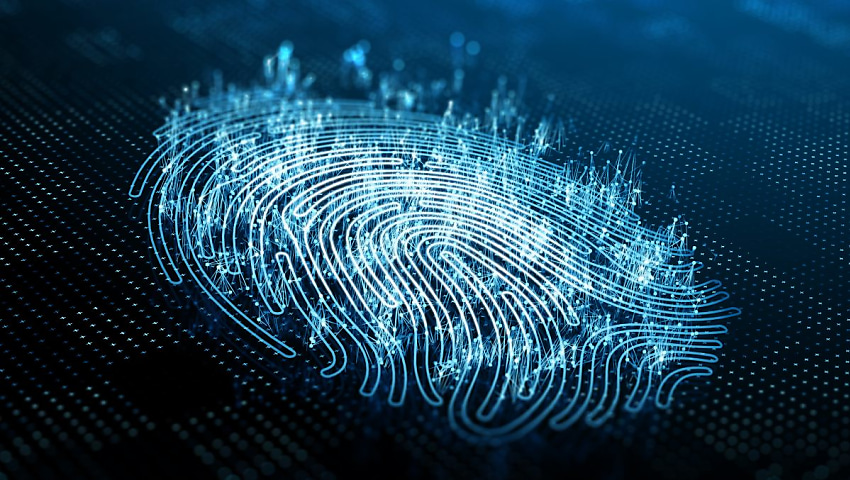Opinion: Daltrey CEO Blair Crawford offers insights into the transformative impact of biometrics technology in the modern battlespace.
To continue reading the rest of this article, please log in.
Create free account to get unlimited news articles and more!
The threat of cyber warfare and the escalation of suspected nation-state-sponsored hackers is no longer just the domain of sci-fi.
We’re seeing the Australian government and other governments around the world prepare to strike back if necessary and bolster national defences.
Before the rise of digital platforms, countries relied on spy craft and intelligence to infiltrate their enemies.
In today’s world, those spies and operatives may not need to leave the safety of their homes.
They can steal identities to access sensitive data, manipulate systems and ensure they stay a step ahead of our efforts. Biometrics provides our military with tools to thwart today’s digital spies.
Biometrics has the power to give military personnel and agencies an unprecedented ability to prove the identity of both allies and enemies.
When a biometric tool such as facial recognition, a finger, iris, or DNA is bound to a known identity, it can be used to ensure whether a party is communicating with a trusted ally or if they have identified an enemy who has infiltrated.
Under international humanitarian law, it is required that parties in an armed conflict always distinguish between civilians and combatants.
When an American platoon was patrolling the Zhari district in Afghanistan, they were able to identify and capture the second most wanted member of the Taliban through a biometric scan.
And other armed forces are using wearable biometric scanners so soldiers in the field can be assured that the person in front of them is a trusted party and not an enemy with a falsified identity card and uniform.
That technology has advanced to the point where it can be used in the dark via thermal facial-recognition capabilities as well as across long distances.
This highlights the two main use-cases for the use of biometrics in military operations. It can be used to prove the identity of a trusted party or to identify a specific individual.
For example, facial recognition can be used to find a specific person whose image is captured via drone footage.
Or it can be used when establishing a secure communications channel between trusted parties or when allowing a trusted party to enter a secure facility.
Members of various international alliances, such as the Five Eyes, Quad and AUKUS, can also share biometric data.
United Nations Security Council Resolution (UNSCR) 2396 (2017) and UNSCR 2322 (2016) call upon member states to investigate foreign terrorist fighters and share biometrics and contextual information.
This requires a close alignment between military operations, border security, and law enforcement investigations.
So, as biometric tools become more prevalent in combat and espionage operations, we can expect information, where it is legally permissible to be shared between allies.
The good news is that biometric systems are becoming increasingly accurate. They can work faster than ever before, giving military operatives the ability to potentially identify threats before they escalate and ensure trusted parties are not accidentally targeted.
And as there is further investigation and investment in the use of biometric tools in military contexts, it will only enhance defensive and offensive capability.
Blair Crawford is the CEO and co-founder of Daltrey.

 Login
Login







